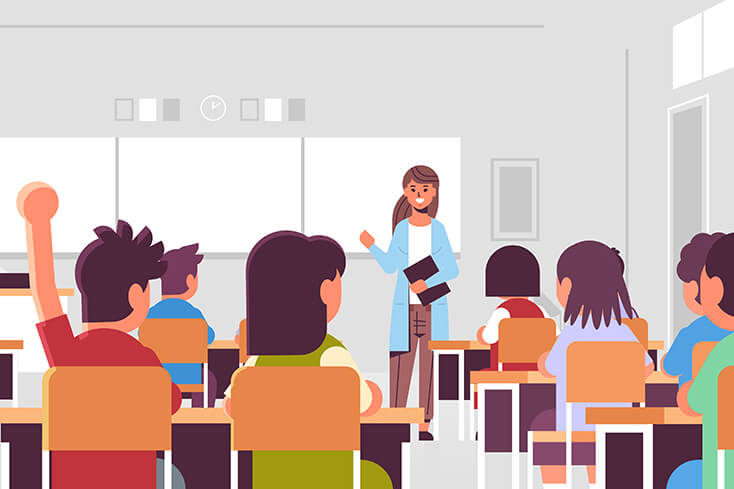August 03, 2020
By Tammy Ozolins

It wasn’t until I accepted my bipolar II diagnosis that I was able to start managing, coping and recovering. That is why I wanted part of my recovery journey to be fighting stigma and helping others with mental illness as well.
A few years ago, I made a video for the school where I teach. Our counseling department had asked if any staff members wanted to make a video about something the students wouldn’t know about us. I decided to tell them about my struggle with the depression part of my illness.
In the video, I talked about how when I was younger, I spent a lot of time in my room crying and feeling helpless. I explained that I would wear a mask all day, hiding how I felt from everyone, but then I would fall apart once I got home. I also explained how I finally did open up to my parents, which led me to get the help I needed — that I still need. I discussed how in addition to professional help, it takes three main ingredients for me to cope: strength, love and hope.
After the video aired at school, I realized if I can be open about my mental health on video, why not do it with my classes and help them open up about their own mental health? The first thing I did was give each student a survey, just asking them a few basic questions:
- Have you gotten nervous about taking a test or quiz?
- Do you get nervous or anxious about meeting new people or being in a new situation?
- Do you know the difference between being sad versus being depressed?
- Do you know what the word stigma means?
- Do you know anyone with a mental illness?
Based on the survey results, a lot of students had experienced anxiety or knew someone with mental illness. I realized mental health is a topic we need to be open about, especially with younger generations.
I created a Mental Health Unit for our class and the dialogue it produced was amazing. Students were vocal about their anxiety and some even discussed dealing with depression.
Eventually, I had them get into groups and create a presentation on a particular mental illness. While I was walking around, I heard groups talking and couldn’t believe some of their conversations. Students were sharing stories about the mental health challenges they go through and the things they do to help. I heard some say, “I deal with this illness” and this is what I do, or I work with a doctor, this is how I feel at times, etc. Hearing them talk to their peers was remarkable. I am so glad they felt comfortable doing so.
Looking over their presentations was such a joy, seeing their hard work and openness to expressing their personal experiences. The presentations also included coping skills, which is a valuable toolbox anyone can have and use.
Children’s mental health is more vital than ever. Children need to know where to get resources, and more importantly, that it is okay to ask for help. I truly hope my classroom environment can now be seen as a safe place for them to do so. If I can help at least one child then it will have been worth it.
Tammy Ozolins resides in Richmond, VA. She has been a middle school teacher for the past 17 years. She was named the “Teacher of the Year” for her school in 2016 and the “Secondary Health and Physical Education Teacher” in the county in 2017. Tammy is also a NAMI In Your Own Voice presenter and a co-facilitator for a support Group.
Submit To The NAMI Blog
We’re always accepting submissions to the NAMI Blog! We feature the latest research, stories of recovery, ways to end stigma and strategies for living well with mental illness. Most importantly: We feature your voices.
LEARN MORE